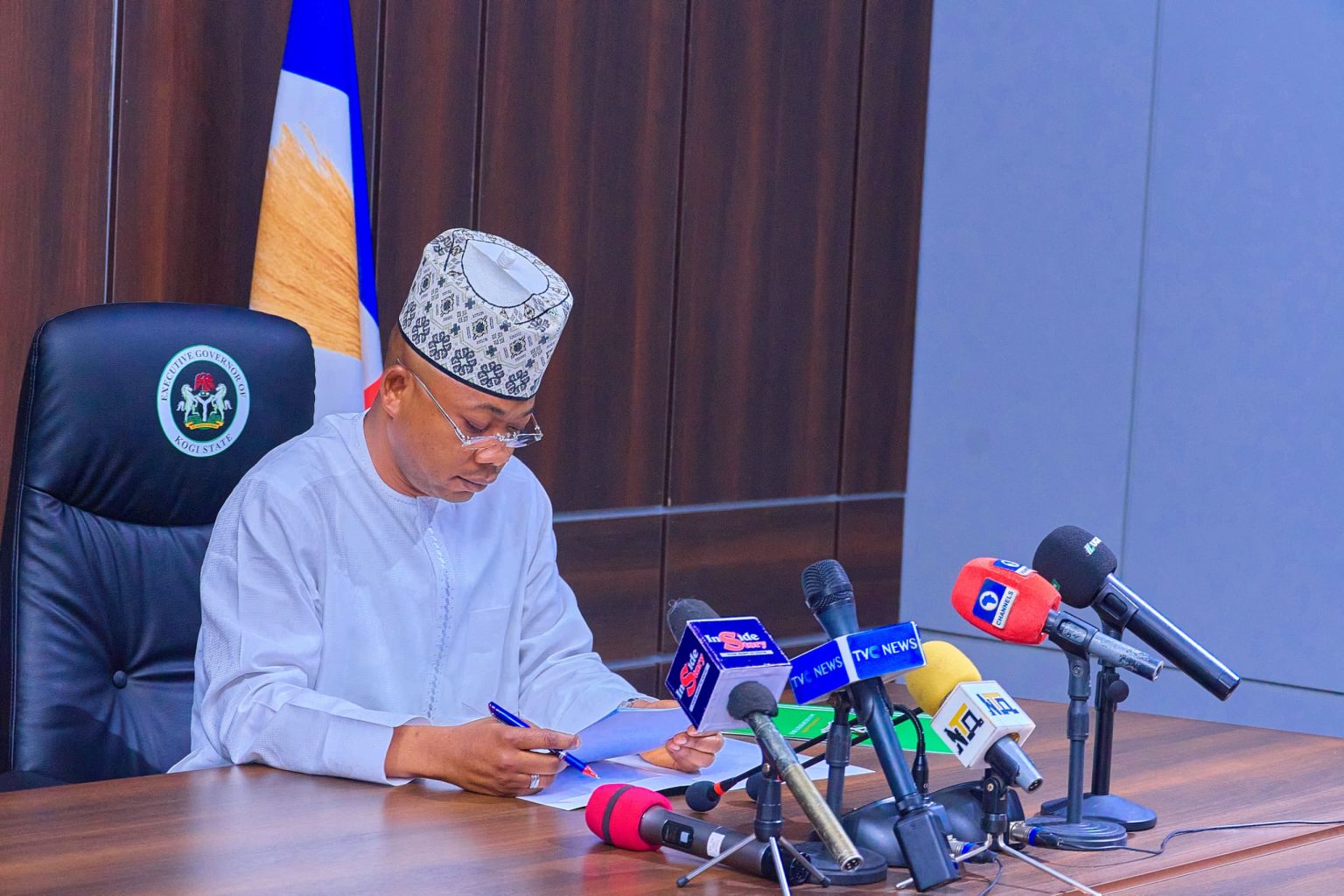
For some time, the federal government’s outstanding pension liabilities posed a significant challenge to the implementation of the Contributory Pension Scheme (CPS), until President Muhammadu Buhari recently approved N123.133 billion to offset the accrual.
The challenge was divided into two parts: unpaid accrued pension rights of federal government retirees and an unpaid 2.5 percent increase in the rate of employer pension contributions as provided for in the Pension Reform Act of 2014. (PRA, 2014).
Many federal government employees who retired from active service under the CPS had yet to receive their pensions due to non-payment of their accrued rights prior to the recent presidential intervention.
According to Aisha Dahir-Umar, Director General of the National Pension Commission (PenCom), the problem began in 2014 as a result of “the appropriation of insufficient amounts for payment of Accrued Pension Rights of federal government retirees, which was further aggravated by late or non-release of full appropriated amounts.”
The accrued pension rights represent an employee’s benefits up to June 2004, when the PRA (as amended in 2014) gave birth to the CPS.
How the Federal Government has intervened
According to data from the National Pension Commission (PenCom), the federal government’s outstanding accrued rights and unpaid 2.5 percent increase in the rate of employer pension contributions amounted to billions of dollars over the last seven years, causing delays in the payment of retirement benefits to retirees.
However, according to PenCom, Buhari approved and made available funds for the payment of outstanding accrued pension rights for enrolled federal government retirees/deceased employees of treasury-funded Ministries, Departments, and Agencies (MDAs) from March to December 2020.
In accordance with Section 4 (1) of the Pension Reform Act of 2014, the president also approved the payment of a 2.5 percent increase in the rate of employer pension contributions, which is estimated at N79.815 billion for federal government employees/retirees.
He authorized the payment of a 2.5 percent differential in the rate of employer pension contribution for FGN retirees and employees as a result of the increase in the minimum pension contribution for employers from 7.5 percent to 10 percent, as required by Section 4(1) of the Pension Reform Act (PRA) 2014.
Following the presidential approval, the federal government will continue to pay the 10% rate of employer pension contribution for its employees, ensuring a monthly remittance of at least 18% (employer 10% and employee 8%), as required by the PRA, 2014.
The presidential approval covered the payment of outstanding accrued pension rights for verified and enrolled retirees of treasury-funded MDAs who have yet to receive their retirement benefits, as well as the backlog of death benefits claims due to beneficiaries of deceased treasury-funded MDA employees.
How the released funds have been used so far
According to a breakdown of payments made thus far obtained from PenCom on August 9, 2021, N36.407 billion of the N43.317 billion approved for payment of outstanding accrued rights has been paid into 7,473 Retirement Savings Accounts (RSAs) of the rightful beneficiaries in accordance with the approval.
“The remitted amount was transferred to the retirees’ respective RSAs. The remitted funds were transferred via the Pension Fund Custodians (PFC). The remaining funds would be used to pay off the outstanding accrued rights of deceased employees “Daily Trust obtained access to PenCom records.
PenCom stated that the payments made to date for the 2.5 percent shortfall in employee contribution rates are for employees who retired between July 2014 and December 2020.
“Active employee payments are being processed. PenCom obtained information from the Integrated Personnel and Payroll Information System (IPPIS) for active employees who migrated to the IPPIS platform for validation and calculation of the 2.5 percent shortfall “PenCom’s records revealed this.
As of 2019, PenCom estimated that clearing the backlog of accrued rights would require more than N62 billion, and in response to the commission’s request, President Buhari directed the Minister of Finance, Budget, and National Planning, Zainab Ahmed, to appropriate and release in full a total of N62.83 billion to clear the liabilities in 2020, 2021, and 2022.
A letter signed by the then-Chief President’s of Staff, Abba Kyari, directed the Federation’s Budget Office to include N12.83 billion, N25 billion, and another N25 billion in the budgets of 2020, 2021, and 2022, respectively, to settle the outstanding Accrued Pension Rights.
PRA provision for Retirement Bond
According to Section 15 (1) of the PRA, 2014, “as of 25 June 2004, being the commencement date of the Pension Reform Act, 2004, any employee who is already under any pension scheme existing before the commencement of that Act and has over 3 years to retire shall –
(a) in the case of employees of the public service of the federation where the scheme is unfunded, be recognized in the form of an amount acknowledged through the issuance of Federal Government Retirement Benefits Bonds by the Debt Management Office in favour of the employees.”
“The bond issued under this subsection shall be redeemed upon the retirement of the employee in accordance with Section 39 of this bill and the amount so redeemed shall be added to the balance of the retirement savings account of the employee and applied in accordance with the provisions of Section 7 of this bill.”
Sub-section (C) provides that “in the case of the employees of the public service of the federation, Federal Capital Territory or in the private sector, where the scheme is funded, credit the Retirement Savings Accounts of the employees with any funds to which each employee is entitled and in the event of an insufficiency of funds to meet this liability, the shortfall shall immediately become a debt of the relevant employee and shall have priority over any other claim.”
Until recently, the federal government had fallen short of full compliance with the aforementioned provision.
Similarly, the PRA 2014 revised the pension contribution rate (from 7.5 percent contributed equally by the employer and employee under the old law) to 8 percent for the employee and 10 percent for the employer, bringing the minimum total contributions for both parties to 18 percent, up from 15 percent previously.
However, the federal government has long violated the aforementioned provision of the law, but a recent presidential directive has corrected the anomaly.
Source: Daily Trust



